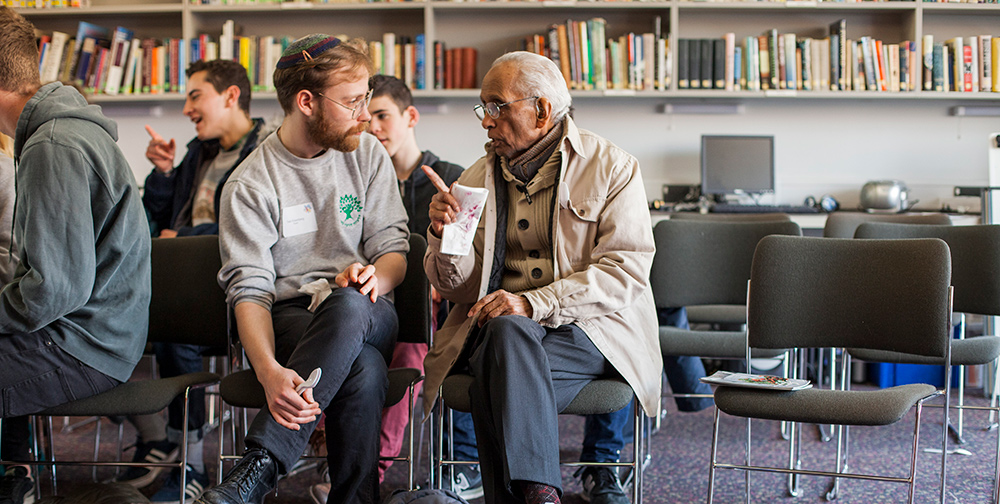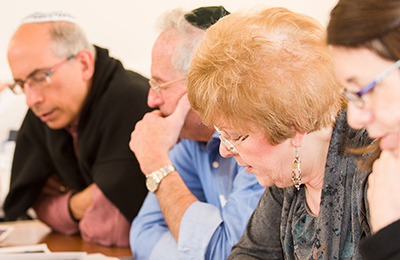Streaming Synagogue Services on Shabbat

Given the recent closure of public buildings including synagogues, the lockdowns and travel restrictions, members have been asking about the permissibility of streaming synagogue services on Shabbat.
There are considerable problems with streaming services on Shabbat, both halachic concerns and those of a more general nature. That is the reason why they are not offered by traditional communities.
Basic Principles
Shabbat is a time of rest. Six days you shall labour and do all your work, but the seventh day is a sabbath of the LORD your God: you shall not do any work … [Ex. 20 9-10]. The idea that people need a weekly time set aside to rest is a core value of our tradition.
In the past, our work was mainly hard physical labour or other forms of crafts. In our world, digital technology occupies a central role in the workplace and creative industries. Shabbat is a weekly time of putting technology to the side and dedicating ourselves to our spiritual and social lives. We are increasingly aware of how important this is. Even in challenging periods like this, being able to set technology aside has value, perhaps all the more so when we are glued to our screens and digital apparatus more than ever.
Halachic Concerns
The laws of Shabbat are designed to make us put work aside and rest.
The main problem with streaming services on Shabbat is the use of electricity and turning things on and off.
Even for those who are more lenient with using electricity, there are significant halachic problems. There are 39 categories of work that are prohibited on Shabbat known as Melachot. One of the main categories of forbidden work is writing. This includes any method of creating a permanent (or semi-permanent) record of something, such as writing, drawing, photography and digital recording.
Streaming regularly creates a record, even when this option isn’t selected. There are also concerns regarding signing onto a service, unlocking phones and computers, comments people are liable to make during broadcasts, Wi-Fi connection issues and computer updates. All of the these mean that this is not a suitable activity for Shabbat.
Automated Systems
It has been suggested that one way to enable streaming services would be to set up a phone or a computer before Shabbat, so that they work passively without human interference. It is common to leave fridges working on Shabbat (with lights disabled) or to set lights and electric ovens on timers so that the work being done happens automatically. It is permitted to set up processes before Shabbat which then proceed automatically without human intervention.
Such systems are designed to make it difficult or impossible to operate them accidently or inadvertently on Shabbat. Thus, we do not usually adjust the settings on our fridges; Shabbat hotplates have no temperature controls, and a Shabbat bleich [cover for a gas fire used on Shabbat] is designed to obscure the controls, so that it is impossible to adjust the flame.
It is difficult to imagine that one could actually set up a streaming system to run passively without people adjusting and interfering with it. One needs to sign in, log-on, alter the angle, connect to the Wifi and do many other things to keep the system running smoothly. Even if this were possible, there is a strong instinct to check emails or message a comment during streaming.
It may in the future become possible to build a streaming system that would be Shabbat compliant; which would come on automatically, which would be attached to a wall in such a way as to make it impossible to change the angle of the camera, which would not allow settings to be adjusted and which would not record permanently. However, the applications widely available today do not meet the criteria of a Shabbat compliant system.
Alternatives
There are many things that communities can and should do to maintain connections with their congregants without streaming services on Shabbat. Traditional synagogues are offering:
- Daily emails with information about services and event details.
- Weekday online services.
- Kabbalat Shabbat services on Friday afternoon before the beginning of Shabbat.
- Havdala services after the end of Shabbat.
- A range of shiurim and social groups.
- Online resources including the Torah reading, Drashot and information about the Parshat HaShavua, posted prior to Shabbat.
- Strong pastoral support for members throughout these difficult times – and beyond.
We believe that these provide a range of ways for us to connect with our members without compromising our identity as a halachic movement.
The laws of using electricity on Yom Tov are similar to those on Shabbat, although there is room for leniency is some situations. There are also special concerns that apply to the night of the Seder. We are publishing separate guidance for Pesach which will address some of these concerns.
There are also circumstances where pastoral or personal health issues may be relevant. In these cases, it is best to consult a Rabbinic authority for individual guidance.
Rabbi Chaim Weiner is Av Bet Din of the European Masorti Bet Din




